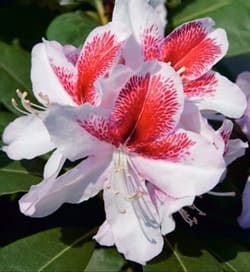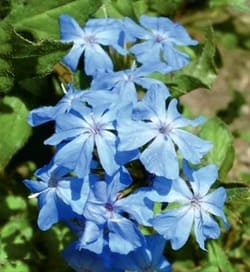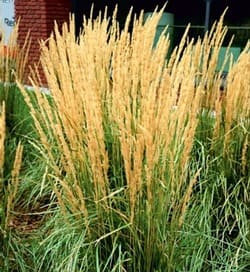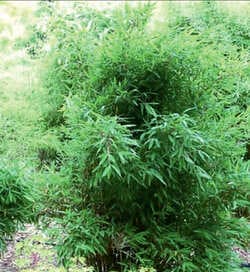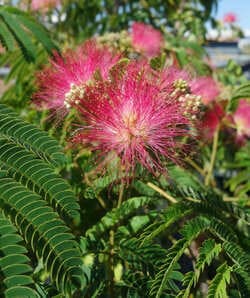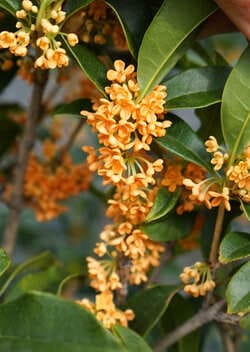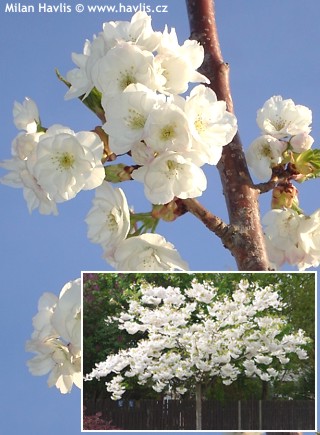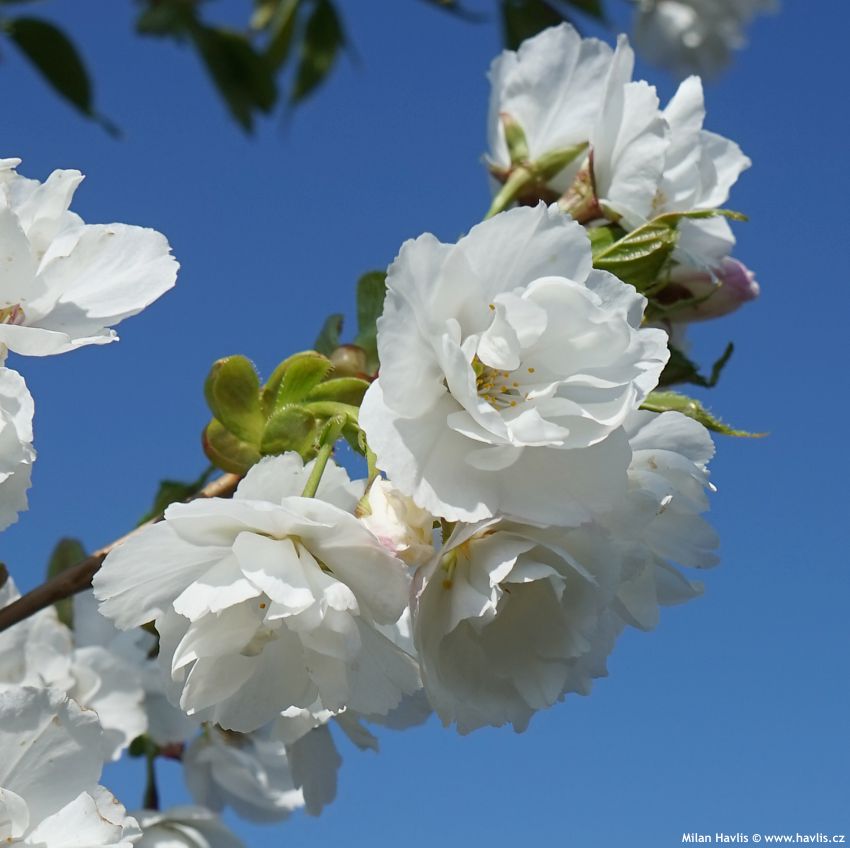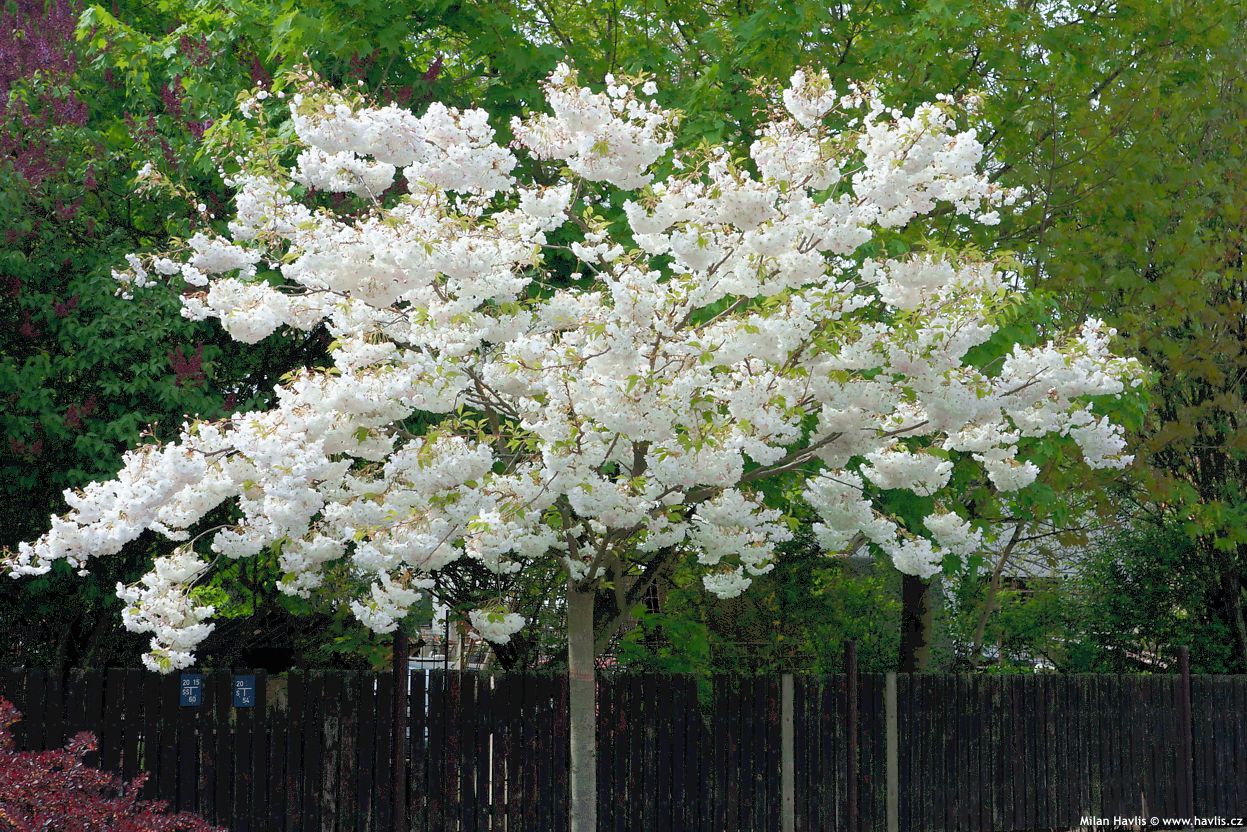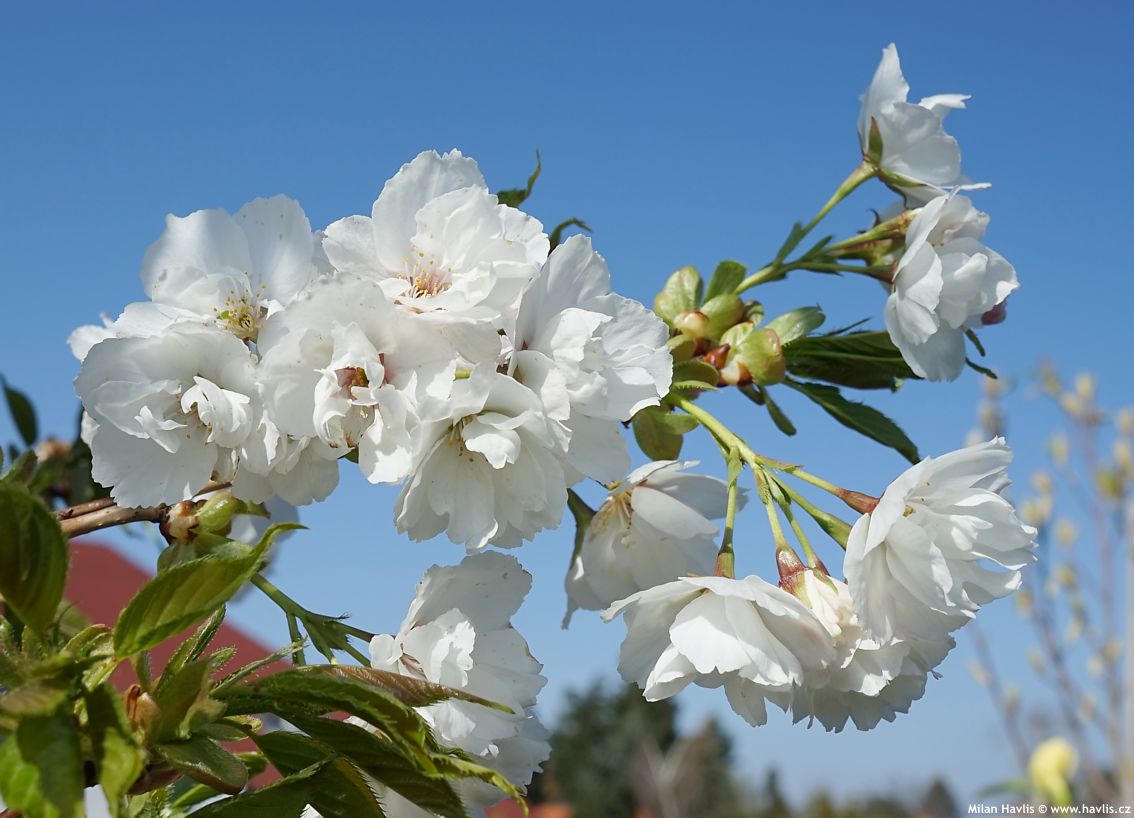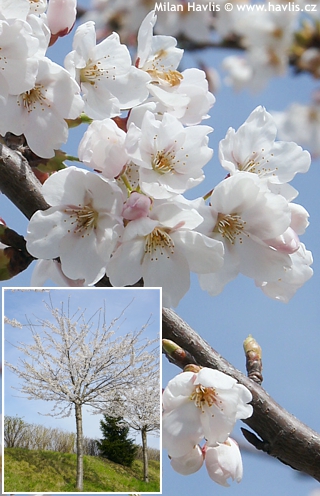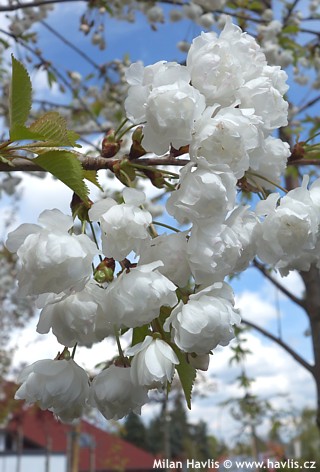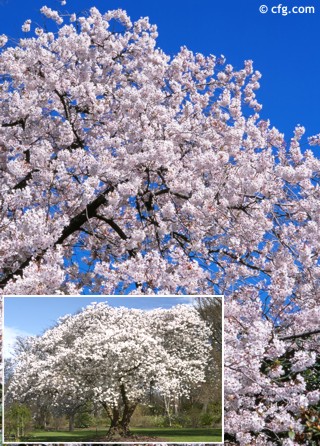Prunus serrulata (syn. 'Mount Fuji') 'SHIROTAE' flowering cherry


Prunus
The prunus genus contains over 400 species which are useful and beautiful at the same time. They are cherries, plums, peaches or sloes, as well as flowering Japanese cherries, cherry laurels etc. This flowering cherry is called sakura in Japan and represents a typical species of flowering cherry cultivated for abundance of flowers early in the season as a herald of the new growing season. Its native habitat covers a large area in East Asia including Japan, China, Vietnam, Korea, and India.
Shirotae is a sought-after variety of flowering cherry with snow-white flowers. They are 4-5 cm across, semi-double, mildly fragrant and appear in profusion with the first warm days of April for about two weeks. At the end of flowering emerge bronze-tinged leaves which mature to dark green in summer and turn golden orange and scarlet red with some maroon hues in autumn. They are deciduous, broadly elliptic, 10-13 cm long, and conspicuously serrated at margins.
Shirotae grows slowly to moderately, forming a spreading, vase-shaped to almost flat-topped canopy with age. It can be lightly trimmed to achieve a neater framework, best done after flowering. Do not prune hard or cut into old wood – old trees may be prone to diseases and will not look good severely pruned.
Flowering cherries are not too fussy about soil type but will do best in constantly moist but well-drained, slightly acidic soil, in full sun. They can take frost and wind and remember to stake freshly planted trees well to a support for the first couple of years. Hardy to at least -27 °C (USDA zone 5).
Last update 10-10-2008; 24-04-2010; 27-02-2023












